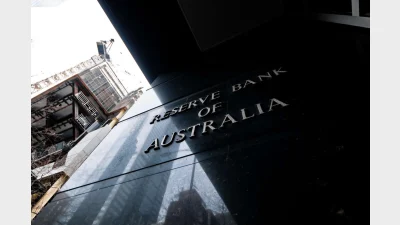QIC makes call on term premium



Factors such as the normalisation of monetary policy following the US's withdrawal from quantitative easing and investor demand for higher compensation to counter increased illiquidity are all playing a part in a normalisation of "term premium" .
That is the assessment of big institutional investment house, QIC, which this week predicted a term premium normalisation of around 50 basis points.
Commenting on the prediction, QIC global liquid strategies managing director, Susan Buckley said that for some years, the term premium had all but evaporated or even been in the negative which meant there had been no excess compensation for investors holding long-term debt.
"But we have identified a range of global factors that signal a return to higher levels – and believe investors should be acting upon this return sooner rather than later," she said.
Buckley claimed these factors included a "normalisation" of monetary policy following the US's withdrawal of quantitative easing, investors' demand for higher compensation to counter increased illiquidity caused by increased regulation in the finance sector and the general expectation of higher interest rates and inflation.
However QIC global liquid strategies director of research and strategy, Katrina King said investors needed to understand that the return of the term premium did not signal a return to "normal" noting that the term premium had spiked three times since the global financial crisis, showing that term premium could move quickly and undercut unprepared portfolios.
Recommended for you
Passive investing is reshaping Australian equities, giving rise to a “no information trade” in which large-cap stocks swing sharply despite little or no fresh news.
RBA governor Michele Bullock warns of global trade risks as domestic inflation cools and employment remains near full capacity.
AMP chief economist Shane Oliver says investors should treat both extremes with scepticism after a week of starkly different climate projections.
The federal government’s new 2035 climate target is being billed as a signal to investors that Australia is serious about mobilising capital for the transition to net zero.









